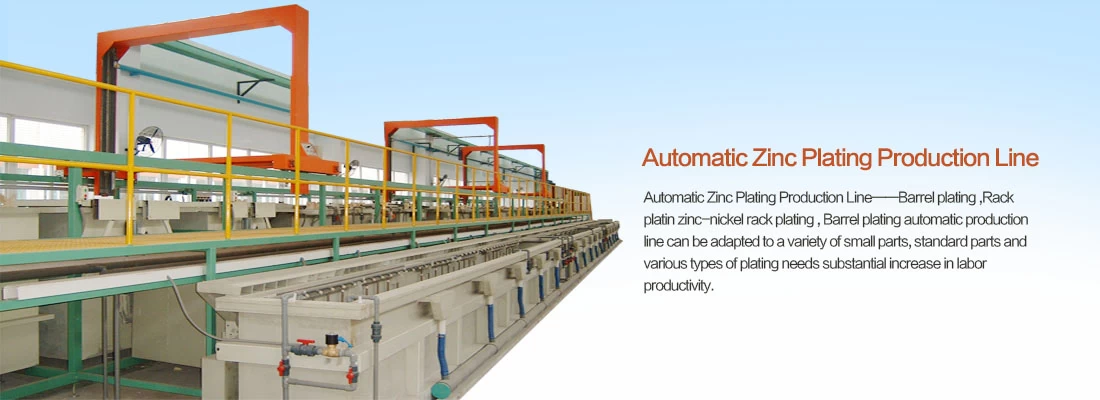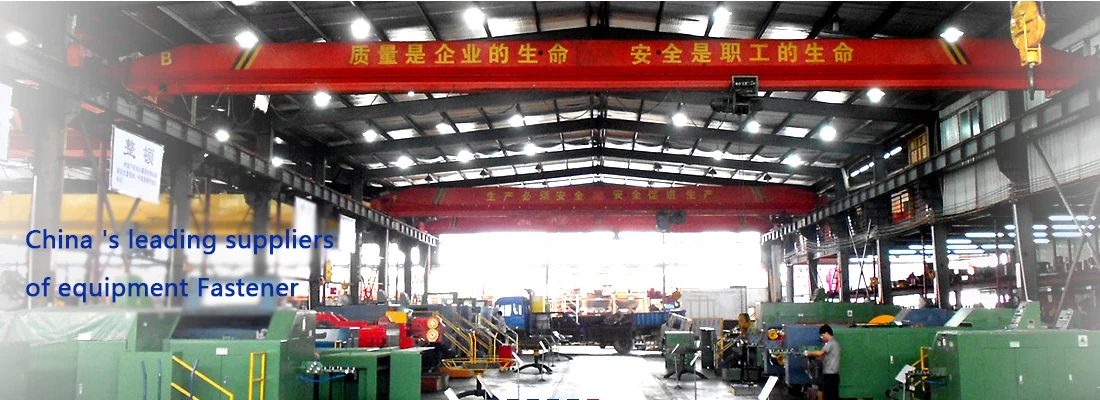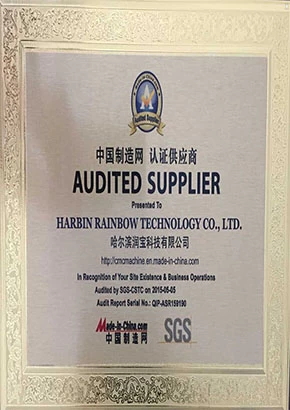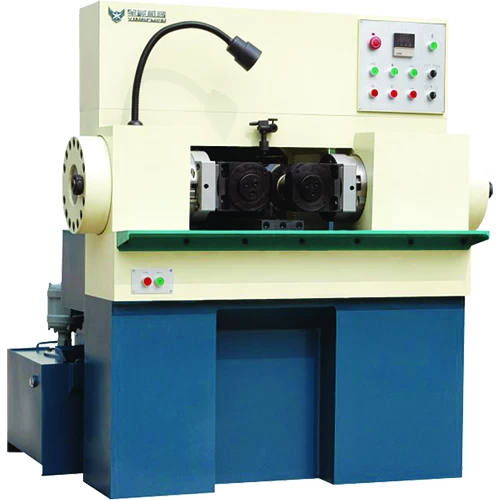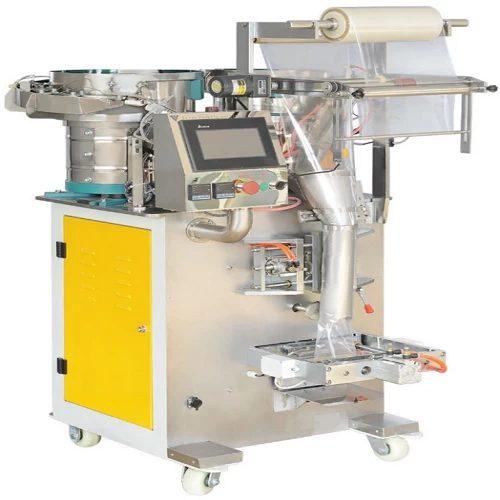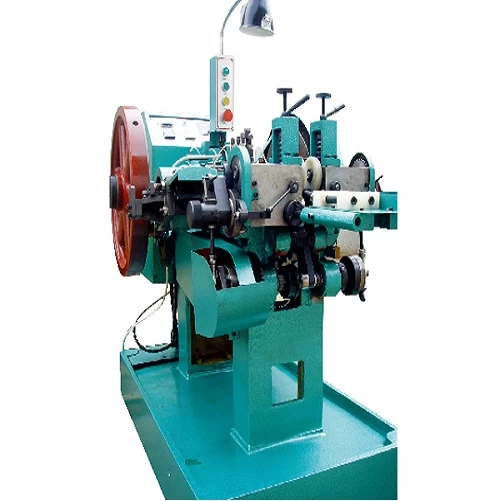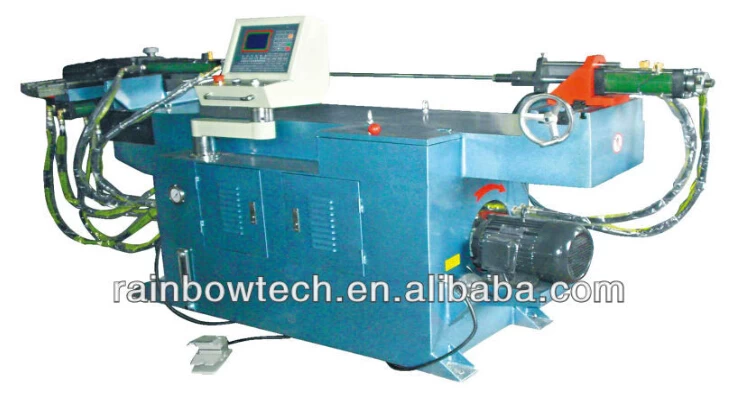What is Cold Forging and How Does It Work?
What is Cold Forging?
Cold forging is a metal shaping process that deforms and compresses a piece of raw material under a press and die. Unlike hot or warm forging, the technique takes place at room temperature to improve the parts’ mechanical properties. Cold-forging makes high-speed production possible with little or no material waste, and can be performed using one of two methods, depending on the dies used:
-
Open-die forging: Raw material is placed between flat dies that do not enclose the workpiece. The compressive force of the dies deforms the metal piece until the desired shape is achieved.
-
Closed-die forging: To form the desired end product, the workpiece is compressed and deformed between one or more custom-shaped dies where it flows to fill the shaped-die cavity. Excess material, called flash, is subsequently trimmed off.
Cold forging is cost-effective and produces forged parts that require little or no finishing. This saves material, time, and money while creating a stronger, higher-quality part.
How Cold Forging Works
In cold forging, a slug or blank is deformed at room temperature. The process enhances the strength and durability of the workpiece to produce long-lasting parts.
Cold Forging Process
-
Lubricant: The workpiece is treated with lubricant to prevent it from sticking to the die and to keep it cool during the forming process.
-
Feeding the Metal: In this process, the metal is fed into the forging machine which has the shape of the final part.
-
The Stroke: The stroke, or striking of the workpiece, can be produced by hydraulic, pneumatic, or mechanical mechanisms. Each technique drives a shaft with a hammer on it down at great force onto the workpiece to create the desired shape.
-
Part Removal: Part removal depends on the process. Most manufacturers use automation to remove the part by robotic hand or conveyor.
-
After Shaping: After shaping can take many forms. Parts that require one die and one stroke are trimmed and sent on to shipping. Multi-faceted parts are moved on to other die processes to have features added. Movement is normally automated.
Multi-station cold forged parts are transferred from one station to the next at high speed with each station performing a specific process.
Benefits of Cold Forging
Cost Effectiveness
Cold forging cuts down on tooling and equipment costs because heating equipment is not necessary and there is minimal need for secondary processing. Once a workpiece is formed, it is complete and requires minimal finishing. This saves on the cost of labor and tooling.
Fast Production
Cold forging is a simple process where a finished part is produced instantly. Thanks to automation, production time takes only seconds.
Environmentally Friendly
The entire process of cold forging produces minimal waste. Flash material that is trimmed off can be recycled.
High Production Output
The high manufacturing speed of cold forging can produce as many as 50 parts per minute up to over 450 pieces per hour. The speed of the process is only influenced by the shape and configuration of the part.
Wide Choice of Metals
Cold forging is suitable for a wide range of metals including hard metals like stainless steel, carbon steel, and alloy steel as well as soft metals such as brass, aluminum, and copper.
Because of these benefits, cold forging is widely used.
Cold Forging From Grob Inc.
The Grob name has been synonymous with cold forming excellence for nearly 70 years. The Grob Rolling process uses a combination of open die forging, closed die forging, and thread rolling to create a precise forged part that is ready to use. Today, Grob Rolling has proven effective and reliable for end-users who are looking for a better way to produce stronger and more economical parts.



